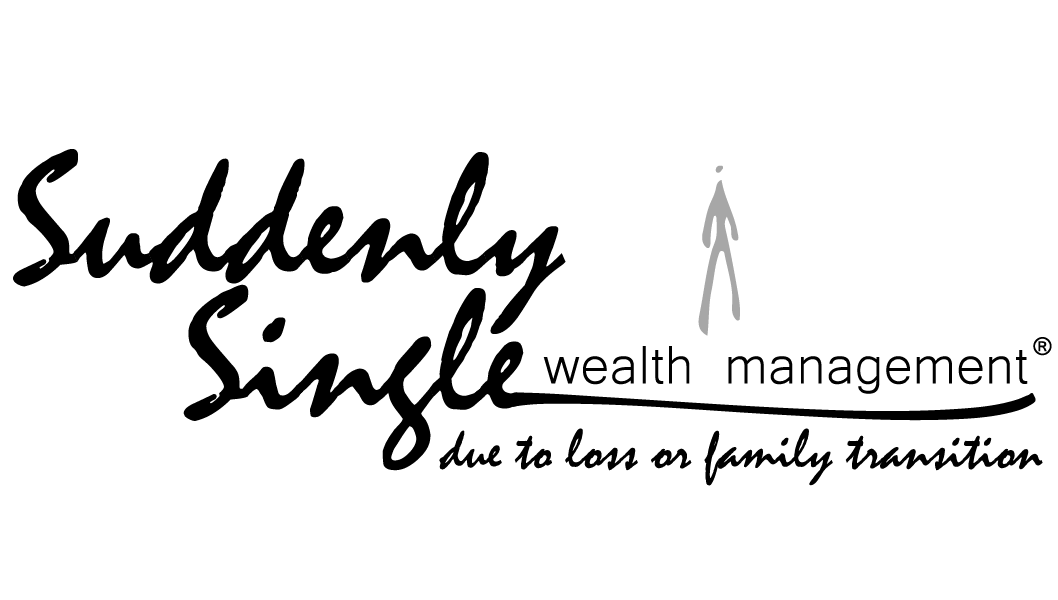Financial markets remain in a state of unrest while businesses, policymakers, and investors continue to assess the real economic impact of COVID-19. The economic disruption caused by the virus could become even more significant if more events get canceled, businesses and institutions close, and the mobility of people slows. The consequences of such actions could dip into consumption and delay the plans of businesses. Hopefully, the worst of those scenarios won’t materialize and the virus will soon be contained.
It is reasonable to expect that any short-term losses in economic activity could be recovered in future quarters. While some factories are closed in China, the demand on those supply chains has not gone away yet. Current demand will likely increase supplier backlogs and once things come back online, plants will go to full capacity and play catch-up with their orders. However, there definitely will be some permanent loses in sales, especially in industries of travel or leisure.
Political parties in international governments are at a critical junction to pass meaningful spending bills that can help counteract any unintended economic pitfalls. The Chinese government is likely one step ahead, with support being lent to small businesses. Germany was reported to unfreeze caps on fiscal budgets as a countermeasure policy tool. The US could do more, such as passing bills that would support small businesses or give financial assurances to employees who could lose wages from a temporary and unpaid layoff.
Swift action is being taken by world central banks. Multiple central banks have already cut their key term interest rates, which can raise the monetary base in the financial system. The US Fed, in particular, just made an emergency interest rate reduction. More interest rate cuts by central banks are expected in March. The goal is to get ahead of a possible credit crunch that could produce an intertemporal decline in output. Recessions can be born out of a contraction in the credit cycle. Pundits, however, fear that the global race to the bottom in interest rates signals more about future weakness and they don’t understand how lower rates will help if people become more afraid of a disease.
While global institutions attempt to find solutions that might mitigate the economic impact of COVID-19, investors are fleeing into safer asset allocations. Government bonds and gold prices have climbed to multi-year highs. In particular, longer-term US treasury yields have reached all-time lows and yields on the whole German government bond curve are negative. How much of the move in bonds and gold is due to monetary stimulus and how much is associated with recessionary fears isn’t clear.
Equity indexes in developed countries began to react poorly after COVID-19 began to spread outside of China. The drop in US equity prices was quick. It took one popular market-cap weighted index of large stocks only 6 days to reach a correction from its prior peak. Some of the sell-off was likely necessary to release some air out of equity prices relative to their fundamentals. However, a technical viewpoint could now find US equities oversold at current levels. For example, the same US large-cap index breached its 200-day moving average and market breadth indicators have fallen to or near multi-year lows. Further, there is risk that COVID-19 may eat into the future earnings estimates of equities. In that case, a new level of support for equity prices may depend more on future fundamentals and be agnostic towards the technical argument.
The unknowns about the spread of COVID-19 has sent volatility into riskier asset markets. How much longer this goes on are only guesstimates.
Diversified investors are inherently prepared for a range of outcomes. Some balance between stocks and bonds has likely done better as fear has risen in riskier markets.
Stocks and bonds have worked well together, providing the counterbalance that investors desire by using these assets together. Investors should focus on their long-term goals and not look to drastically change portfolio risk in light of short-term market events. Investors that are positioned according to their financial goals should remain confident in their portfolio allocations and that these recent market events will be resolved with little disruption to their long-term financial plan.

